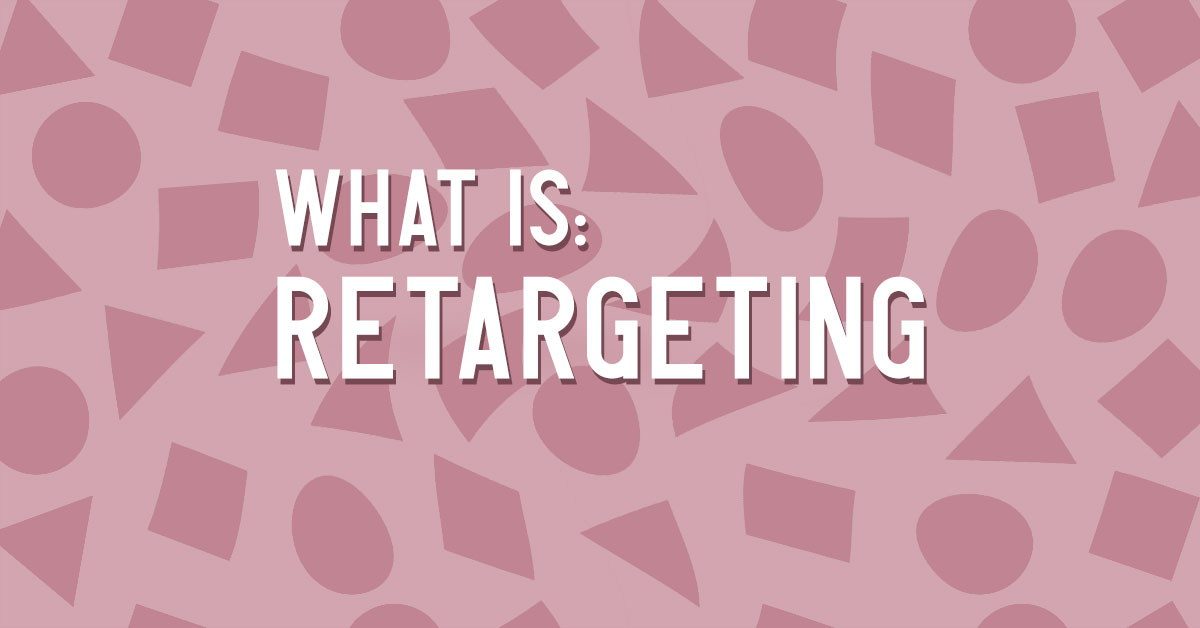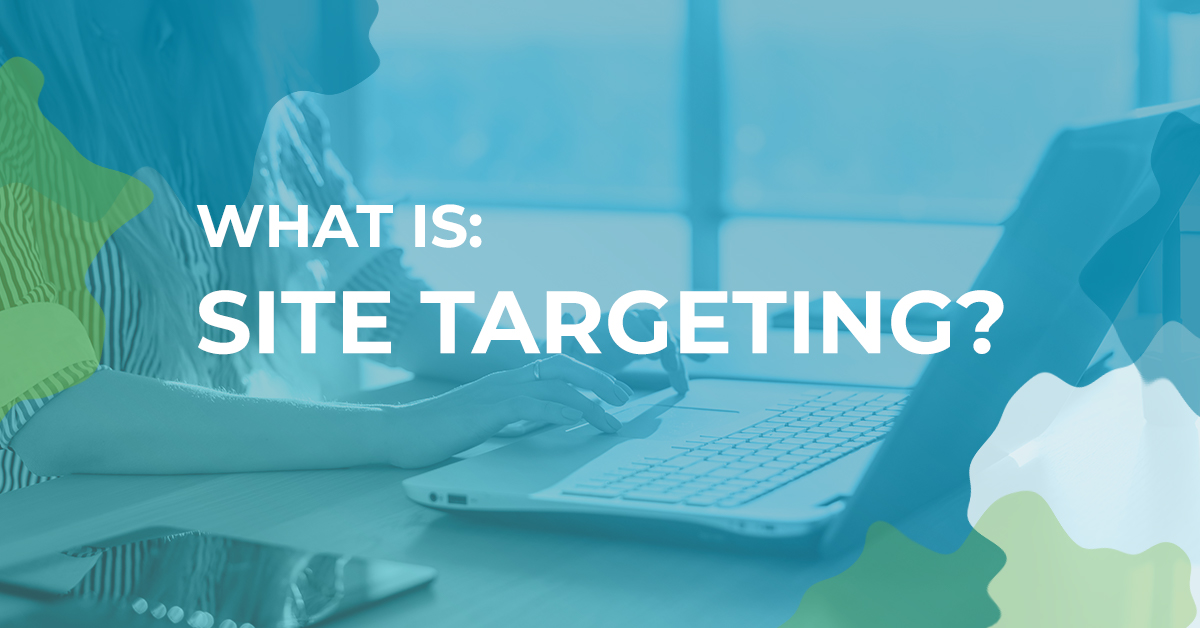How many times a day do you search for something online? Google processes over 40,000 search queries every second on average, which translates to over 3.5 billion searches per day and 1.2 trillion searches per year worldwide. Paid search advertising capitalizes on this incredible amount of search traffic by auctioning off some of the most coveted ad spaces on the internet — top results on Google.
Jump to:
How does search advertising work?
Benefits of search advertising
What is search advertising?
While there are other search engines, Google dominates the marketing world with Google Ads (formerly known as Google AdWords). And it makes sense since most users go to Google to, you know, Google something.
Paid search advertising (also known as sponsored ads, search marketing, search engine marketing, pay-per-click marketing, and cost-per-click marketing) is a technique that displays ads in search engine results pages (SERPs) whenever someone searches for relevant keywords. This way, the audience that sees your ad is perfectly matched for each result. Since paid search ads are based on the explicit need of the users, rather than on implicit information and behaviors, search ads target lower funnel audiences and can increase click and conversion rates.
Search ads are one of the most common forms of PPC (pay per click) advertising. While most search ads are only text, there’s a wide variety of sponsored search ads within maps, product listings, and featured snippets. All of these ad formats appear either at the top or on the side of your search results and are usually placed based on the ads’ keywords and how relevant they are to the results of a specific search query, and the quality of ads, and the advertiser’s Ad Rank. Search ads can be very competitive, and the cost of these ads will vary depending on your competition. In many industries, you can expect to spend anywhere from 70 cents to five dollars per click (up to $60 for the most expensive keywords).
How does search advertising work?
To get started, advertisers need to decide which search terms they want their ads to bid on by creating keywords. You can select between broad match, modified broad match, phrase match, or exact match for your keyword match type. Each of these keyword match types gives you added control over the keywords you are bidding on. For example, you could use a broad match to serve your ad on a wider variety of user searches like “women’s shoes” or use an exact match to hone in on specific user searches like [red women’s dress shoes].
By utilizing the millions of organic queries, Google Ads auctions off premium search advertising space based on the most qualified bidder’s keywords. In order to qualify advertisers, Google takes into account several factors such as bidding price, ad quality, and ad relevance to determine an advertiser’s Ad Score.
Benefits of search advertising
Most paid search advertising implements a PPC model. This model offers a few unique advantages that set search advertising apart.
Paid search advertising is great for targeting audience members in the middle and bottom of the funnel. We know the people searching for your keywords are at least in the consideration stage looking for specific information. When customers use your keywords, they show their intent and move closer toward acquisition and retention through your landing pages.
Paid search advertising can be very cost-effective for generating qualified leads to support retargeting campaigns and other tactics later in the buyer’s journey.
Search advertising also allows marketers to be the first results on SERPs if they are able to anticipate what consumers want to know. Marketers can expect to see reliable, fast results when campaigns are executed appropriately.
Why does it matter?
Why? Because the quality of your branding and prospecting audience is increased. Consumers are served relevant messaging while traveling through the consumer journey, which will ultimately lead consumers to have a higher recall of your brand when actively researching in your industry.
It is essential to look at the whole picture before picking one strategy over the other. Tying your programmatic advertising and pay-per-click advertising together, you’ll begin to have increased awareness throughout the different stages in the funnel. As a marketer, you are staying top-of-mind throughout the consumer’s journey. This will lead to higher brand perception and improved performance in your branded and non-branded searches later in the funnel.
Paid advertising is a part of Choozle’s Supported Solutions
and can be implemented with our team’s help.
To find out how you can implement search advertising, reach out through the Support Center.







